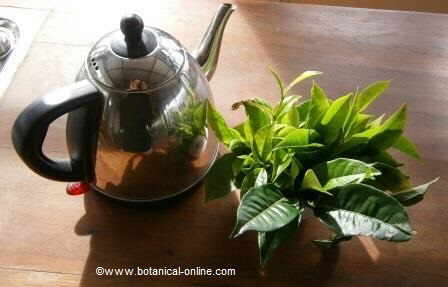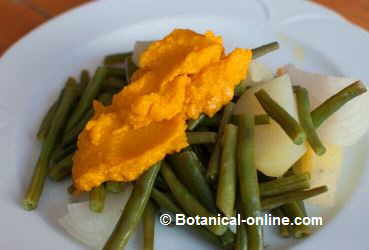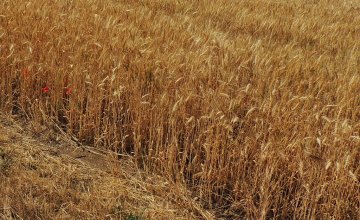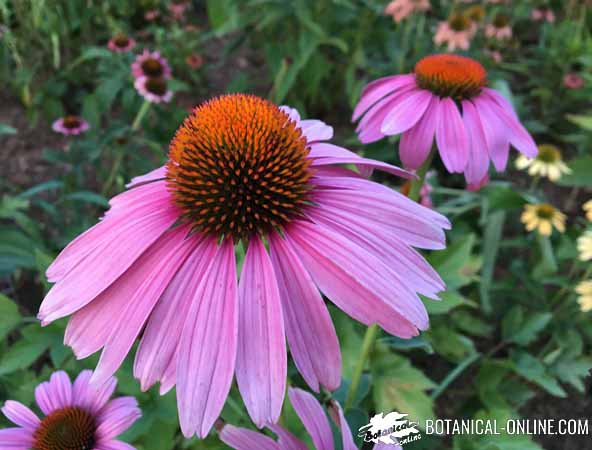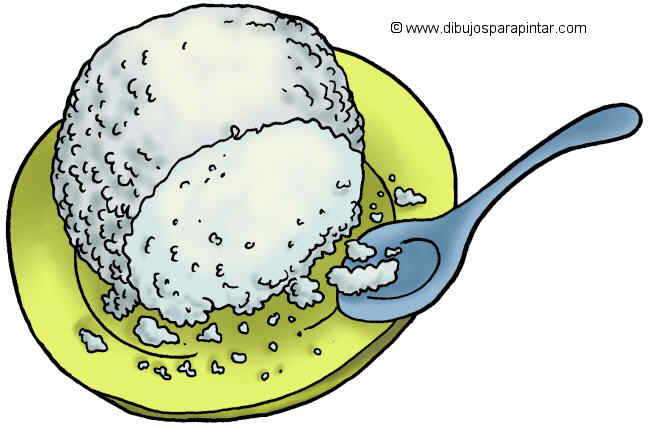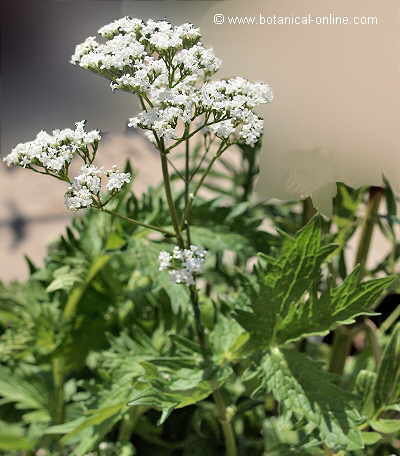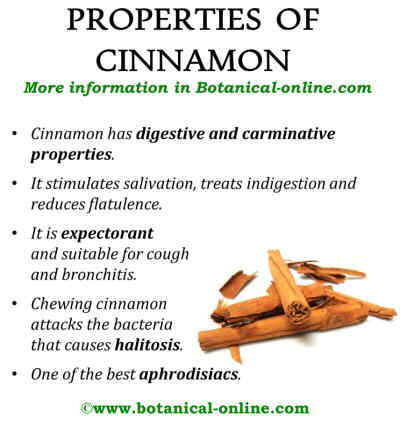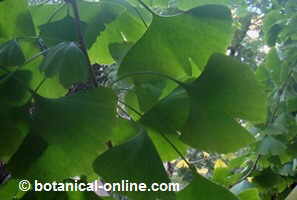Contents
Medicinal properties of Melia Azedarach
CHARACTERISTICS OF CHINABERRY
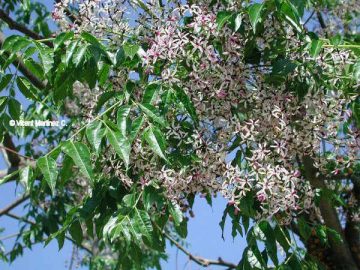
Scientific noun: Melia Azedarach, Melia japonica G.Don., Melia australis Sweet
Common noun: Chinaberry
Family: Meliaceae
Habitat: South and east of Asia. Cultivated as ornamental plant in gardens, squares and next to the highways
Components
- Tetranor- tripertene and non-defined resins
- Alkaloids (margosine)
- Acids: linoleic, oleic, palmitic and stearic.
- Coumarins
Active parts
Mainly the fruits. In smaller quantity the leaves, the bark and the flowers.
Uses
- Gardening: Native from Asia, but broadly cultivated and naturalised, it can be on the edge of the highways, parks and gardens. In many places of warm climate, like in the south of the United States, it has become an invasive species since with their fast growth and great size it shades many native plants that finish dying.
- Industrial: The wood is very strong and resistant to the humidity reason why it is very appreciated in turnery. The dry fruits are used for making rosaries.
- Home: As repellent of insects, either in gardens, before being used the current insecticides or for clothes moths.
Toxicity
High. Especially in the ingestion of the fruits in autumn when they are very mature and they possess bigger quantity of toxins. Mortal cases have been identified in children when ingesting from 6 to 8 berries.
Symptoms
The infusion of its leaves in considerable quantities is toxic, irritating the stomach and producing vomits, diarrhea and breathlessness sensation. In the same way its berries are toxic and their ingestion should be avoided; on the other hand birds commonly ingest them without being toxic except in large quantities, which provokes them some kind of drunkenness. The fruits are very toxic in dogs and pigs.
![]() More information on medicinal plants
More information on medicinal plants

